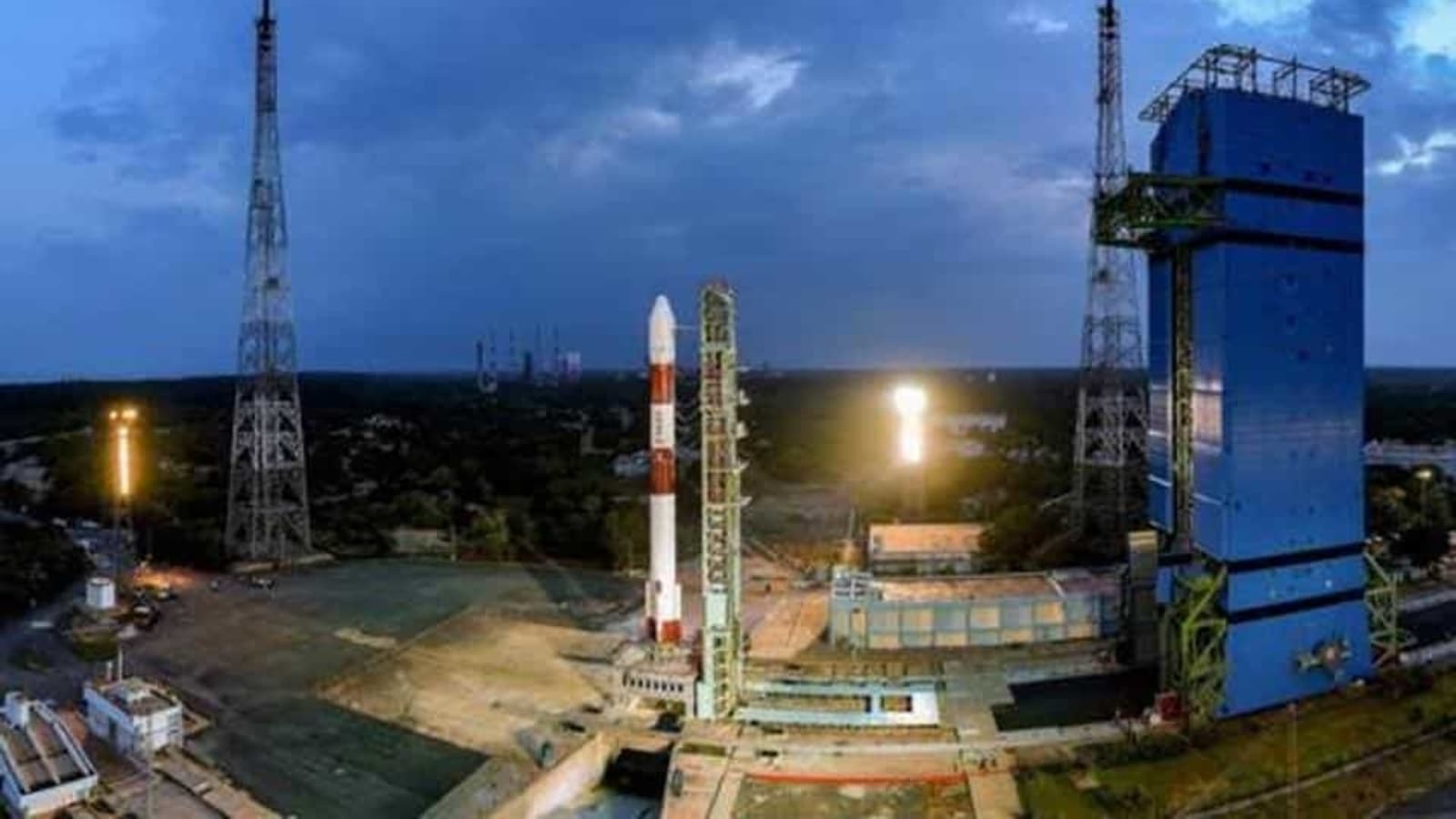Another issue is the weight of satellite. For a long period of time, the weight of India satellite mismatched India's rocket payload. For example, India's PSLV has 2.5 ton payload, but the majority of India's satellites are around 1 ton, or less than 2 tones. As the result, each launch, Indian rocket has a lot of spare payload for foreign small satellite.
On the other hand, other countries rocket generally has a clear target of payload: their next generation satellite's weight. So there is no much spare payload left.
No, all of India's rocekts were developed on purpose of weights of future spacecrafts. Whether they were repurposed later is a different case since load may not always remain same. SLV-3 for trial, ASLV for SROSS, PSLV for INS & later modified for IRNSS, GSLV Mark II for GSATs & GSLV Mark III for human spaceflight.
PSLV was the first medium-lift launch vehicle to be built outside US, Russia, Europe, China & Japan which essentially was meant to just push India into the league. The reason of practicing, stocking & continual with first successful rocket ever built by Indian aerospace industry.
It couldn't launch India's heavy communication satellites so GSLV Mark II & Mark III were developed but they took two decades to enter service.
Even payload of original PSLV didn't exceed 600kg. A lot of configurations of PSLV were developed later even to deliver GTO satellites and IRS series, INS series, ResourceSat-series, NVS series, Chandrayaan-1 ans Mangalyaan-1. Obviously the rocket was repurposed later for commercial launches since it is only rocket that can be launched frequently by India.
10 tons in which orbit? For LEO, where is the 10 tons payload to launched?
Nowhere. Max. is Gaganyaan of ~8 tonnes in 400 kms orbit.






